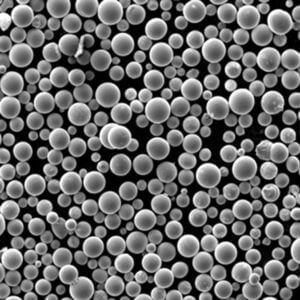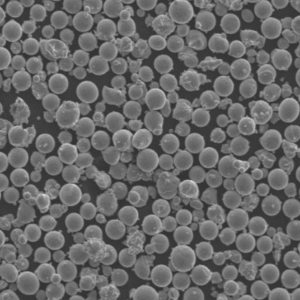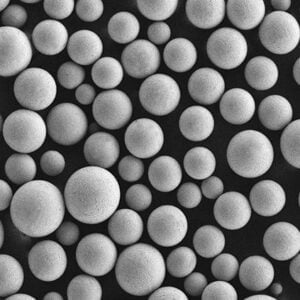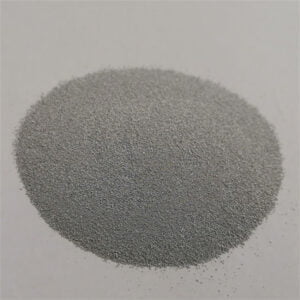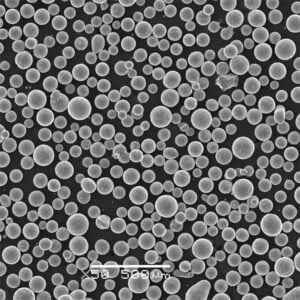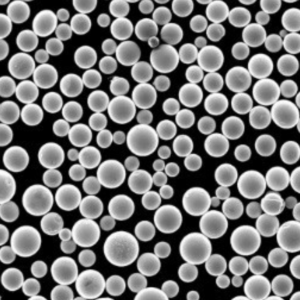Gasatomiserat pulver
Innehållsförteckning
Gas atomization is a specialized manufacturing process to produce fine metallic powders with precise composition and consistent particle sizes. The powders find application across automotive, aerospace, medical, and industrial sectors.
Översikt över gas atomized powder
Tabell 1: Summary of the Gas Atomization Process
| Parameter | Detaljer |
|---|---|
| Råvaror | Metals like titanium, aluminum, steels, nickel alloys in form of ingots, electrodes or wire |
| Process Principle | Melting feedstock and breaking up molten metal stream into fine droplets using high pressure gas jets |
| Atomizing Gases | Air, Nitrogen, Argon |
| Solidification Rate | 10^3 – 10^5 °C/s |
| Final Products | Spherical metal powders with controlled size ranging from 10 microns to 500 microns |
Controlled gas flow rates, precise atomization nozzles and specialized cooling designs enable the production of fine, spherical powders.
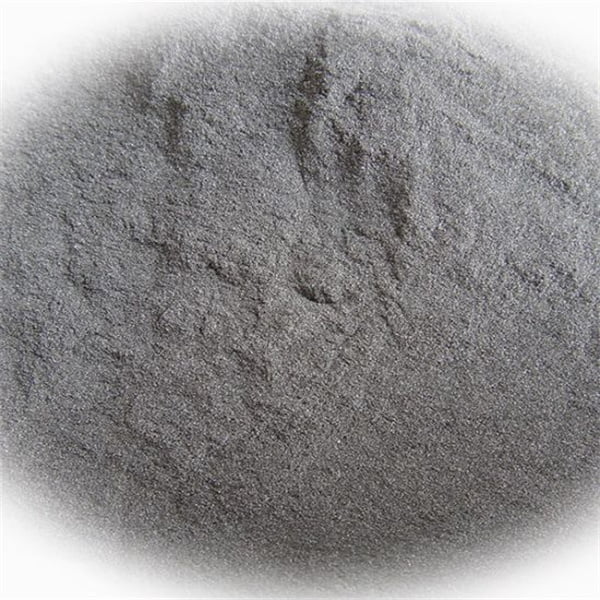
Tillämpningar av Gasatomiserade pulver
Tabell 2: Major Application Areas of Gas Atomized Powder
| Industri | Exempel på tillämpningar |
|---|---|
| Additiv tillverkning | 3D printing of aerospace and medical components |
| Pulverformsprutning | Manufacture of small, complex metal parts with better mechanical properties |
| Beläggningar för termisk sprutning | Feedstock powder for wear and corrosion resistant coatings |
| Formsprutning av metall | Small precision components like gears and cutting tool tips |
| Brazing Pastes | Nickel and aluminum based brazing filler metal powders |
The consistent powder characteristics like particle size distribution, purity and morphology make gas atomized powders a preferred feedstock across powder metallurgy processes.
Advantages Over Alternatives
Tabell 3: Benefits of Gas Atomized Powder Over Other Types
| Parameter | Förmån |
|---|---|
| Partikelform | Highly spherical morphology gives excellent flowability |
| Kontroll av partikelstorlek | Consistent microstructure which minimizes defects in finished components |
| Composition Consistency | Precise control over alloying elements ensures reliable mechanical properties |
| Kostnadseffektivitet | Higher yields compared to water atomization with easier powder recovery |
| Product Customization | Flexibility to tailor powder composition and particle sizes as per application |
The combination of precision, consistency and flexibility makes gas atomization a versatile powder production technique at commercial scales.
Typiska specifikationer
Tabell 4: Typical Specification Range for Gasatomiserade pulver
| Parameter | Räckvidd |
|---|---|
| Material | Titanium, Aluminum, Steels, Nickel, Copper alloys |
| Partikelstorlek | 10 to 500 μm |
| Fördelning av partikelstorlek | Tight distribution with SG > 0.9 |
| Syrehalt | 100 – 1000 ppm range |
| Kväveinnehåll | < 100 ppm |
| Form | Highly spherical > 80% |
| Skenbar densitet | Up to 65% of pure metal |
The properties can be tailored over a wide range as per intended usage across industries.
Fördelar kontra nackdelar
Tabell 5: Advantages and Limitations of Gas Atomization
| Proffs | Nackdelar |
|---|---|
| Consistent particle characteristics | Limitations on alloying additions like reactive elements |
| Cost effective for higher volumes | Initial equipment capital cost relatively high |
| Wide range of alloy families | Handling of fine pyrophoric powders requires care |
| Scale-up to tonnage quantities feasible | Post-processing often required to remove satellites and fines |
Despite growing expertise globally, gas atomized powder still requires significant process development and qualification efforts by end-users to apply successfully for niche applications.
Vanliga frågor
Q: Does gas atomization allow single crystal powder production?
A: Very challenging – the rapid solidification rates create fine grained microstructures. Specialized variants like Electrode Induction-melting Gas Atomization (EIGA) can yield some fraction of single crystal particles.
Q: What is the typical nitrogen content range for gas atomized titanium powder?
A: With best practices, N2 levels of 100-500 ppm can be achieved for gas atomized titanium powder. This expands AM capability versus other variants with higher oxygen/nitrogen which negatively impacts mechanical performance.
Q: What is the key difference between gas and water atomized metal powders?
A: Gas atomization allows better particle shape and size control. Water atomization yields faster cooling rates but experiences more oxidation and satellite particle issues during powder production and recovery.
Dela på
MET3DP Technology Co, LTD är en ledande leverantör av lösningar för additiv tillverkning med huvudkontor i Qingdao, Kina. Vårt företag är specialiserat på 3D-utskriftsutrustning och högpresterande metallpulver för industriella tillämpningar.
Förfrågan för att få bästa pris och anpassad lösning för ditt företag!
Relaterade artiklar

Högpresterande segment för munstycksvingar: Revolutionerande turbineffektivitet med 3D-utskrift i metall
Läs mer "Om Met3DP
Senaste uppdateringen
Vår produkt
KONTAKTA OSS
Har du några frågor? Skicka oss meddelande nu! Vi kommer att betjäna din begäran med ett helt team efter att ha fått ditt meddelande.

Metallpulver för 3D-printing och additiv tillverkning
FÖRETAG
PRODUKT
cONTACT INFO
- Qingdao City, Shandong, Kina
- [email protected]
- [email protected]
- +86 19116340731






